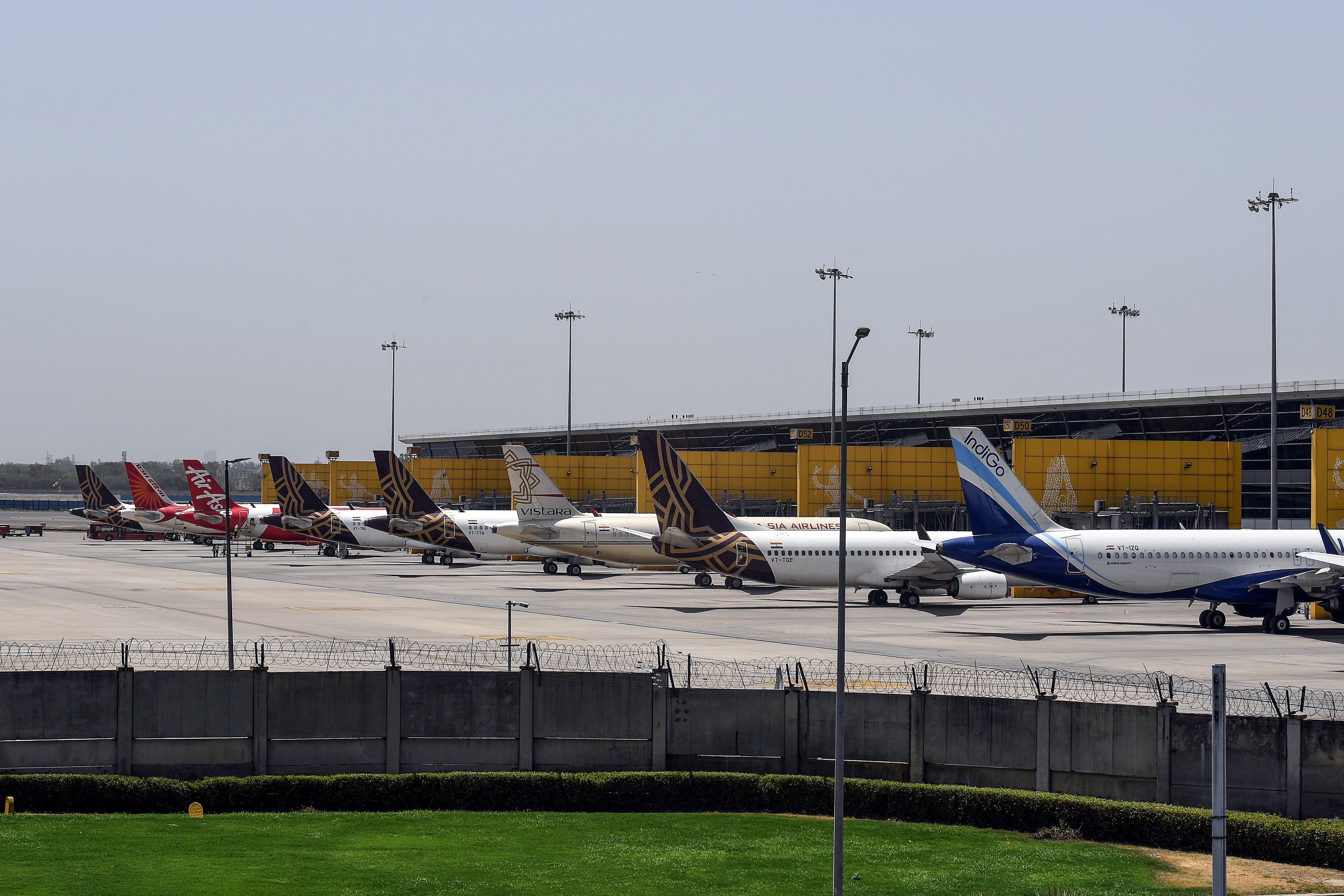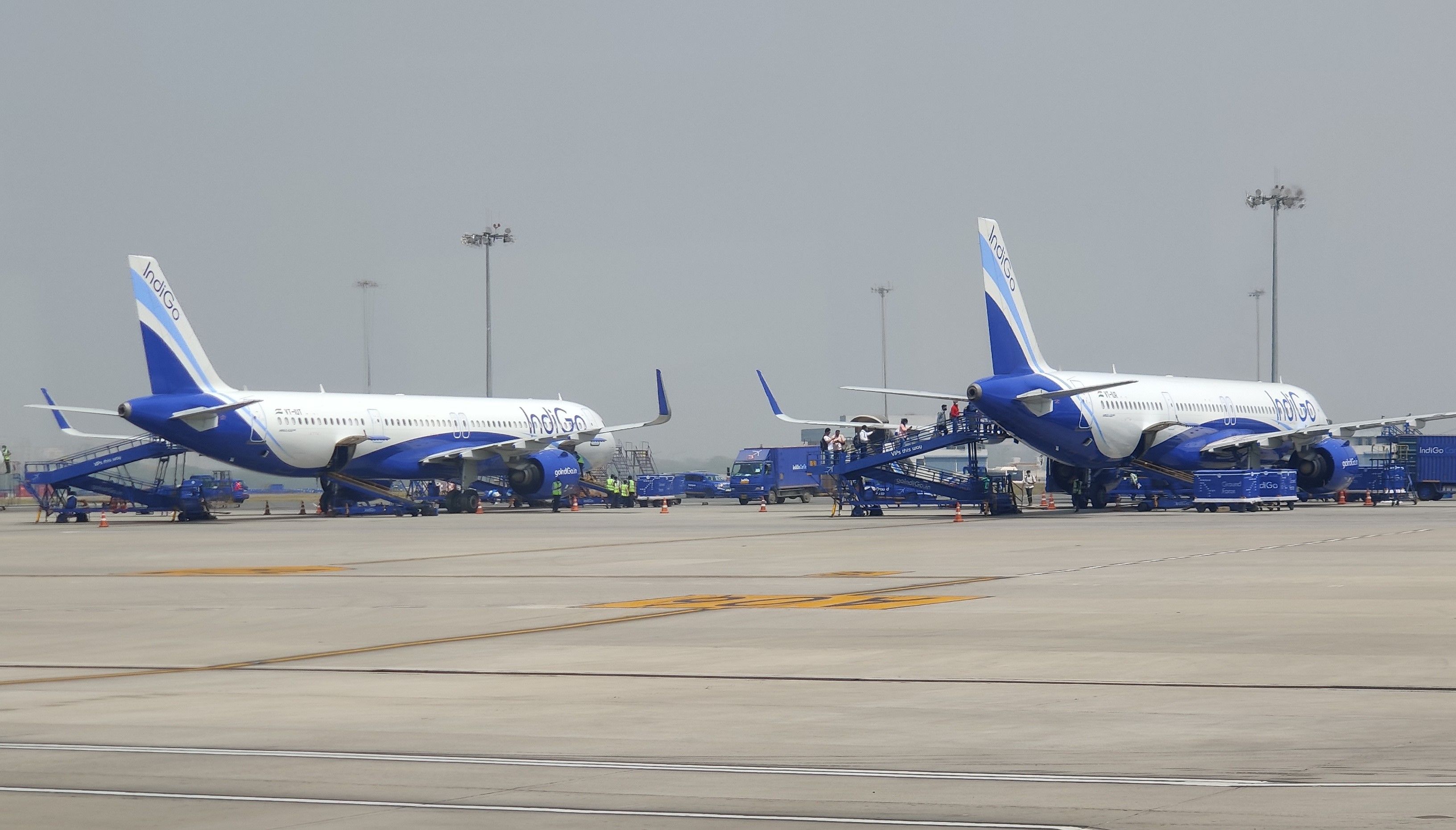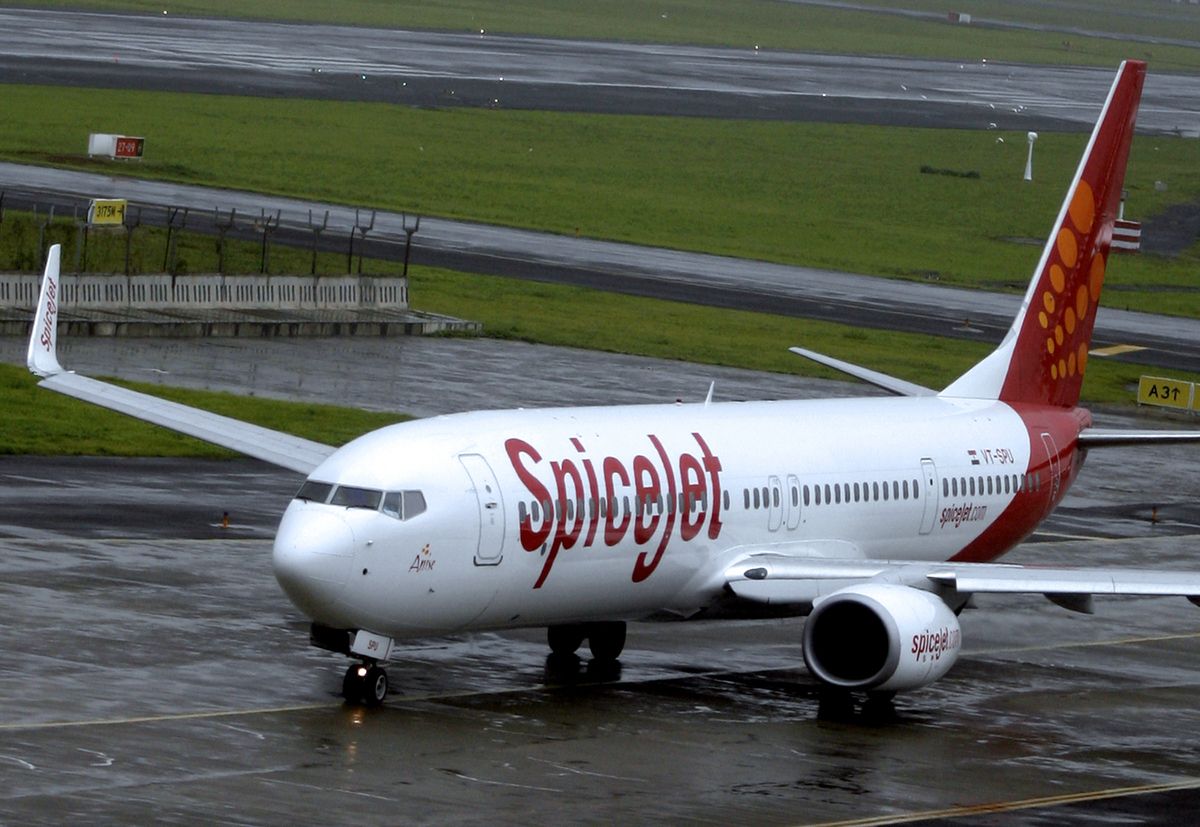The debate about the fare cap situation in India has once again picked up, with some airlines leading the discussions about its removal. Multiple factors are currently in play which can potentially dictate what direction the Government of India might take in the coming few days as it holds discussions with airlines.
Current limitation
When the COVID pandemic was crushing the aviation sector during its peak, the Indian government put certain restrictions on airline capacity and fares in the interest of both airlines and passengers. While the Ministry of Civil Aviation (MoCA) lifted the restrictions on domestic capacity in October last year, it tweaked the fare cap to prices within 15 days from the date of travel, which is still applicable today.
The aim to regulate both upper and lower limits of ticket prices was to boost air traffic to help the industry recover from the effects of the pandemic. It was also done to prevent the destruction of airlines with weaker balance sheets, such as SpiceJet and Go First which were more prone to the consequences of COVID than industry leaders like IndiGo.
However, voices within the industry are now getting stronger advocating the removal of fare caps, particularly as the world situation has evolved a lot from last year.
Airlines divided
Some Indian carriers feel that the fare caps, which were introduced in the interest of the airlines, are now blocking a proper recovery of the sector. IndiGo and Vistara are the most vocal against these regulations and have requested the government to consider removing the limitations altogether.
A Business Standard report quotes an airline official as saying,
“Airlines price tickets depending on pricing history, which determines how much the customer and the market will bear. Pricing also differs depending on which group the passenger belongs to -- leisure or business. The way each group is priced is very different. The limit placed by the government is hurting that ability.”
The airlines are also arguing that with COVID cases dropping, passenger demand is back, and in light of the rising fuel prices induced by the war in Ukraine, fare caps no longer serve the purpose. They see a huge potential in bringing the traffic up to the pre-pandemic mark of 400,000 per day, but at the moment, it is hovering around 300 to 350K.
But airlines with weaker financials, such as SpiceJet and Go First, are not thrilled with the idea of letting go of the fare cap entirely. A lot depends on the government's steps in the coming few weeks. But where exactly does the government stand on this at the moment?
Discussion to be held soon
According to Business Standard, a meeting between the government and airline CEOs is likely to take place next week. As per a senior government official, "a final decision in the matter will be taken by Minister of Civil Aviation Jyotiraditya Scindia."
Until early February, the government favored the fare caps, with Omicron still somewhat of a factor. Minister of state of civil aviation V K Singh had stated that the relaxation in fare capping was subject to the prevailing COVID situation and passenger demand for air travel.
With the severity of COVID cases dipping, passenger demand rising, and the Russia-Ukraine conflict driving fuel prices up, let's see what the government decides next in light of the changed circumstances.
Source: Business Standard



